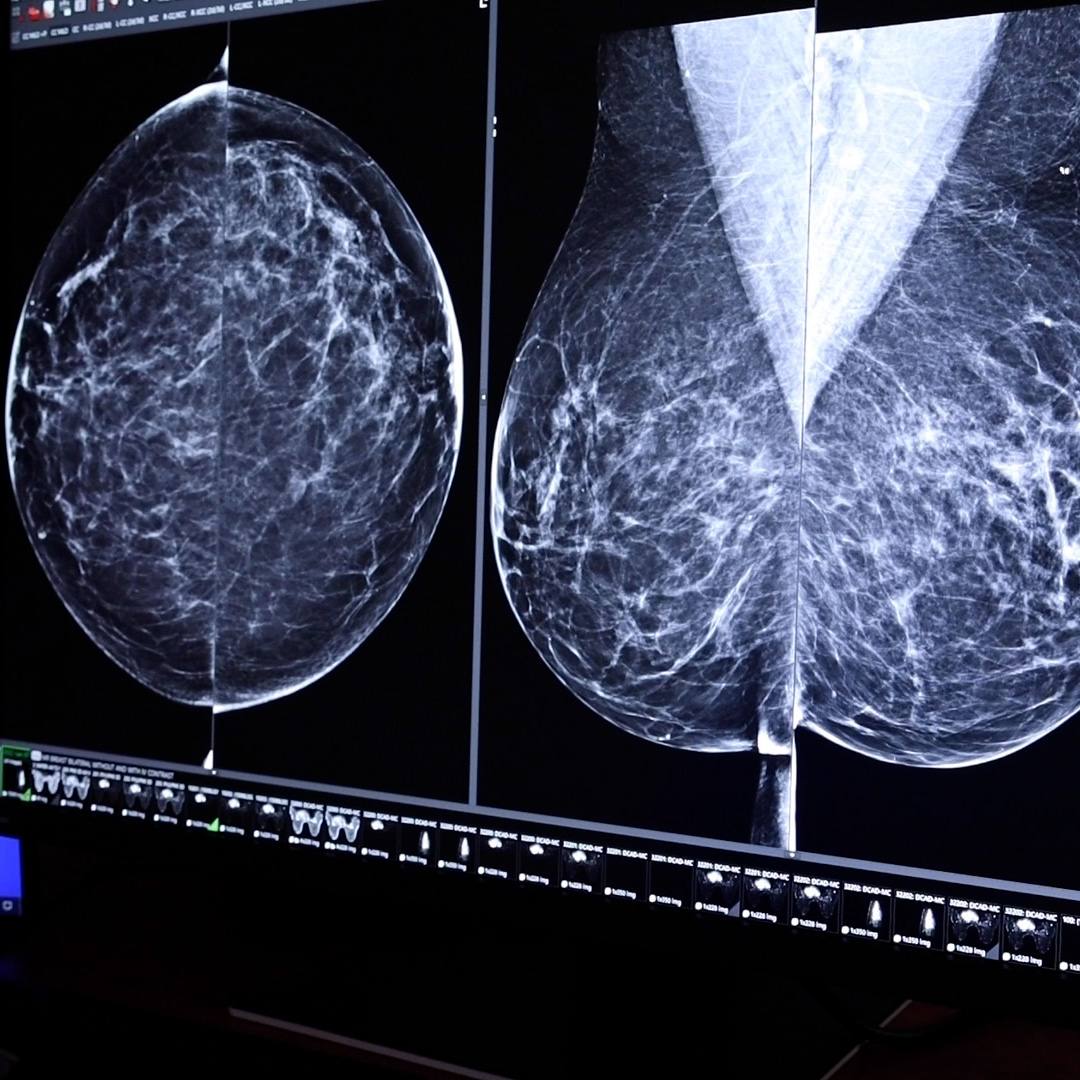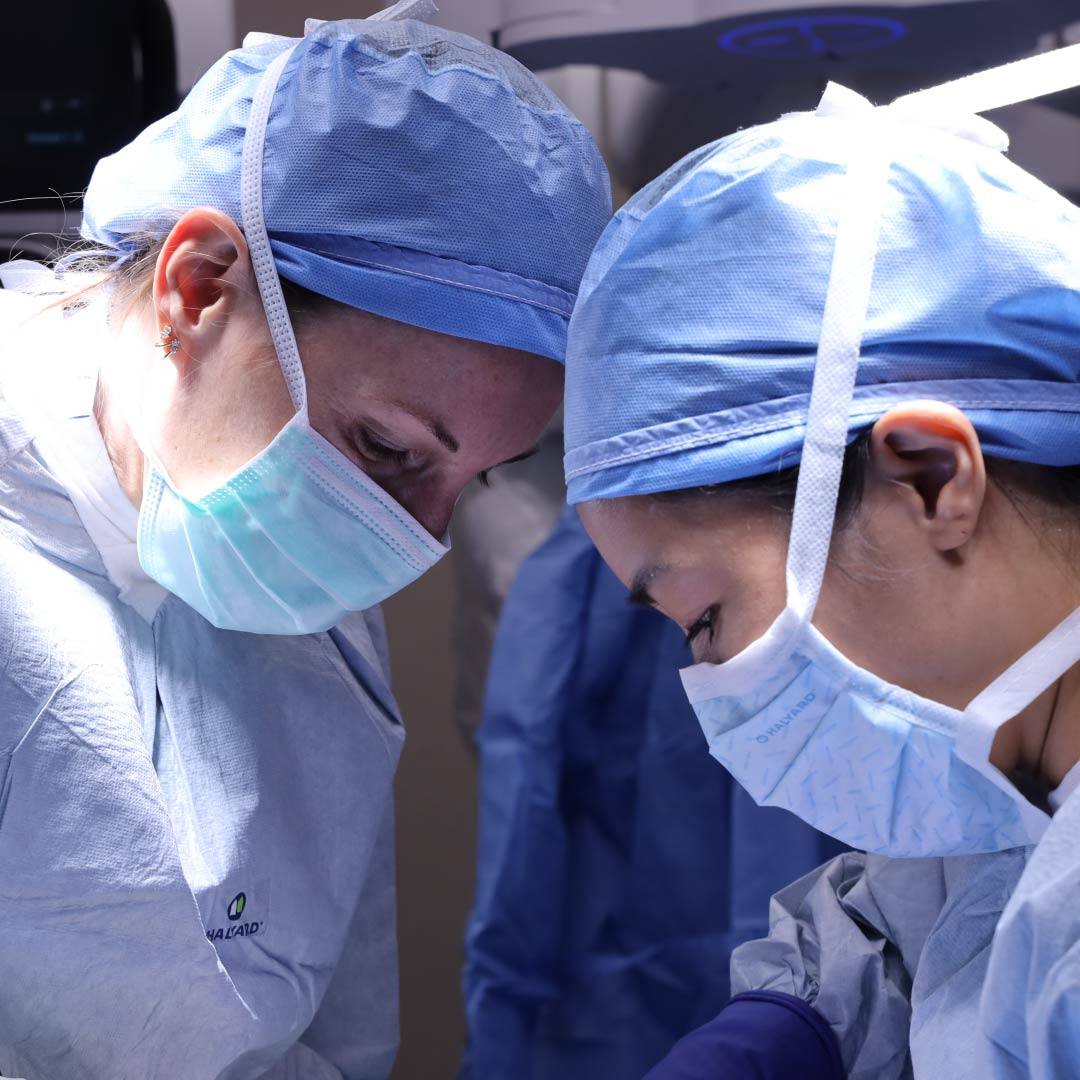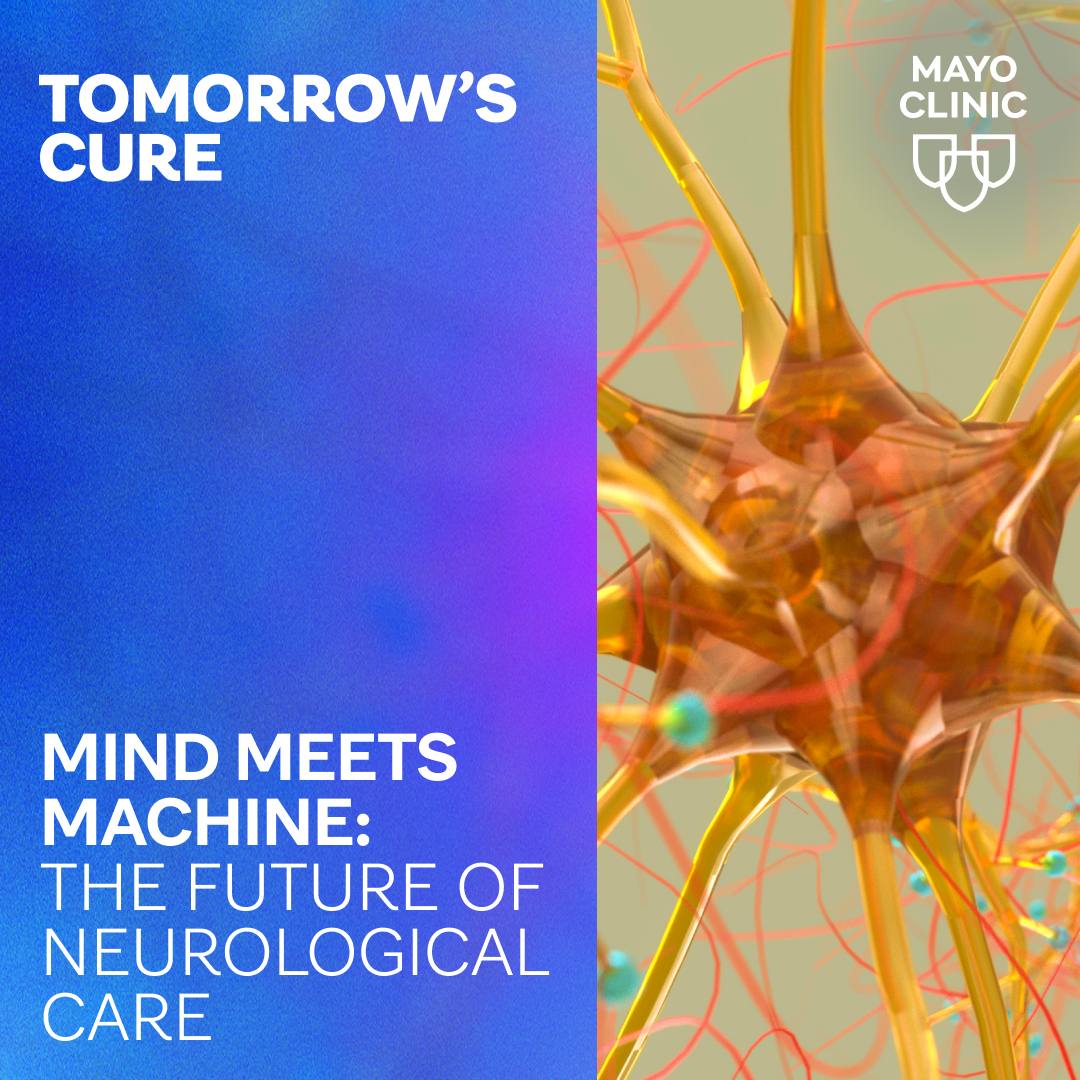
The findings could open the door to improved treatment options
SCOTTSDALE, Ariz. — Almost every golfer knows the feeling. Minutes after a picture-perfect drive down the fairway, a cascade of inexplicable missed putts leads to a disappointing triple bogey.
Golfers’ lapses in play sometimes are blamed on a mysterious twitching condition called "the yips." But are yips physical or psychological? In a new Mayo Clinic study, published this month in Medicine & Science in Sports & Exercise, researchers combined multiple methods to quantify golfers’ yips and identify those with a neurological cause.
“These findings are important because they could offer athletes with a type of yips called 'dystonia,' or 'golfer’s cramp,' improved treatment options,” says Charles Adler, M.D., Ph.D., a Mayo Clinic neurologist and the study’s lead author. “Previously, there was no way to identify those with golfer's cramp using quantitative methods.”
The yips is a disorder in which golfers complain of an involuntary movement ─ a twitch, a jerk, a flinch ─ at the time they putt or even when they chip. This interferes with their ability to perform that activity.
Journalists: Broadcast quality sound bites from Dr. Adler are available in the downloads below.
The study examined 27 golfers who all appeared to have the yips before the study. Researchers from Mayo Clinic and Arizona State University videotaped subjects putting 10 times with both hands and 10 putts with the right hand only, with each attempt 10 feet away from the hole. They collected data on wrist and arm movements, putter movements, and whether there was co-contracting muscle activation in the forearm muscles.
When reviewing video of the putts, researchers noted that five golfers had what appeared to be a neurologic cause for their golfer’s cramp. These five golfers had greater acceleration of wrist and arm movement, as well as much more variability in wrist acceleration and rotation.
Nine of the other golfers the researchers examined also had the yips, but their conditions did not appear to be neurologic in nature (not dystonic). The remaining 13 golfers did not experience any yips during their putts. The golfers with a neurologic cause had more putts with the yips and co-contraction with two hands. They also had no change with the right hand only. In contrast, the other golfers had much fewer putts with the yips and co-contraction with two hands. This was followed by a marked increase in the yips and co-contractions when putting right hand only.
“More research in this arena is needed, but we are encouraged by our findings,” Dr. Adler says. “Hopefully, specific treatment options will emerge that can help people overcome the yips in golf and other activities.”
###
About Mayo Clinic
Mayo Clinic is a nonprofit organization committed to clinical practice, education and research, providing expert, comprehensive care to everyone who needs healing. Learn more about Mayo Clinic. Visit the Mayo Clinic News Network.
Media contact:
- Jim McVeigh, Mayo Clinic Public Affairs, 480-301-4368, mcveigh.jim@mayo.edu







